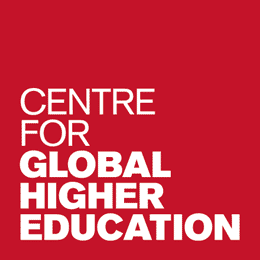Professor Simon Marginson compares science research and development in Russia with China and East Asia. While scientific capacity and outputs are declining in the former, they have grown spectacularly in the latter, particularly over the last decade.
The paper argues that research is now organised on the basis of a global science system. This system partly subsumes national systems and is the source of most innovations. To be effective, national science institutions must be closely and continually engaged in, and contributing to, this global system. Science and technology in one country is no longer a strategic option.
Professor Marginson analyses the trajectory of East Asian science. He shows that factors such as the Confucian learning tradition at home and in-school learning achievement have contributed to the growth of science in this region. More importantly, China and East Asia exhibit a strong internationalisation drive. This is lacking in Russia, where, by contrast, there is a closed door to international links – a legacy of the Soviet period. Russian science is characterised by very low rates of publication, citation and joint international authorship, relative to system and university size.
Professor Marginson concludes that while Russia cannot replicate the East Asian family or political culture, a vigorous internationalisation policy would kick-start the transformation of national science.

